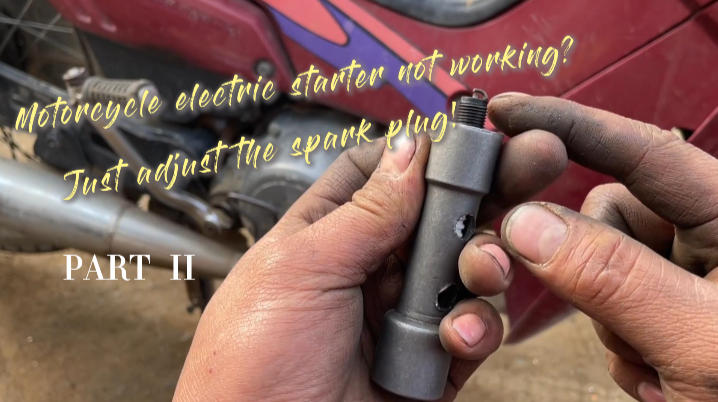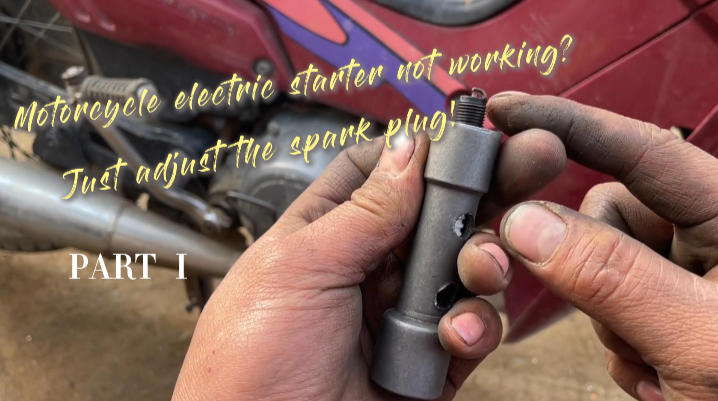How long does a starter motor last
-
12
-
2025-10-27 15:48:09
You turn the key (or tap the push button), wait for that reassuring engine burp, and — most mornings — everything’s fine. Then one day you get a sad little click. Or nothing. That click is a mood, and it usually means: starter motor is thinking about retirement.
People want a single neat answer — “X years, Y miles.” But life (and cars) don’t do neat. So here’s a real, human-friendly take: what affects starter life, the usual warning signs, how to test it a bit in your driveway, and what you can do to make one last longer. With some blunt honesty and minimal car-shop nonsense.

Average lifespan — what to actually expect
If you want a number, here you go: most starters live around 7–10 years or between 80,000 and 150,000 miles. That’s the common range. But — and this is important — I’ve seen starters shrug off 200k+ miles and others quit at 40k. So don’t put this in stone; use it as a rough yardstick.
Why the wide range? Because a starter is both electrical and mechanical. It gets wear from use (starts) and stress from bad power conditions. How you drive, where you live, how the car is maintained — all of that matters. Short trips? Bad battery? Salt on the roads? Those things will shave years off the starter’s life.
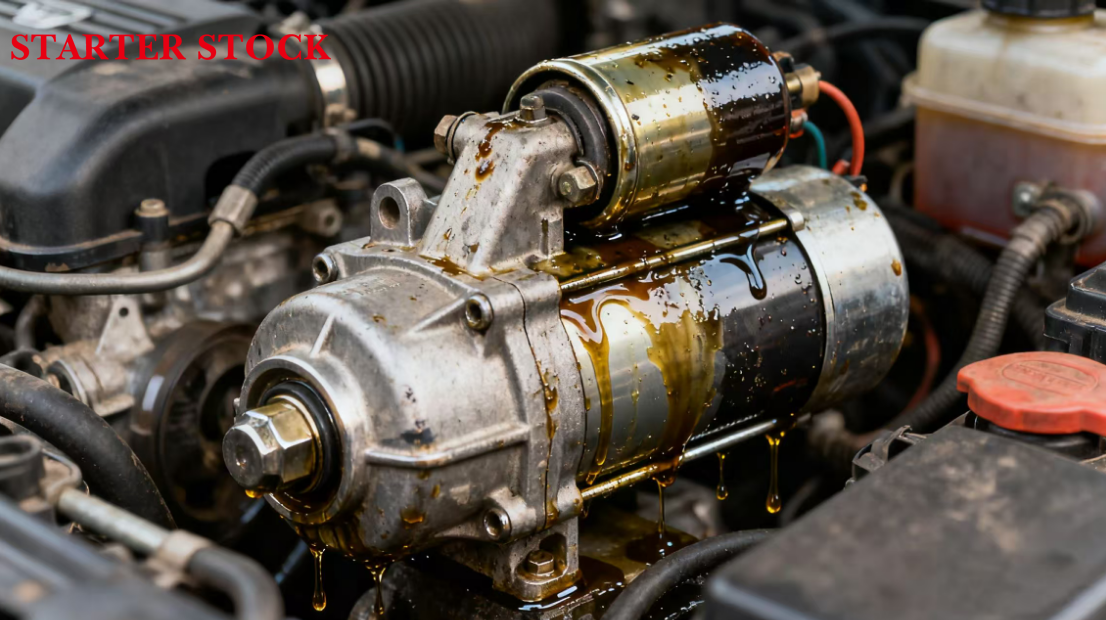 What actually kills starters (the boring but useful list)
What actually kills starters (the boring but useful list)
Here are the usual suspects, no drama:
1. Short trips — every start is hard work for the starter. If your daily routine is three starts a day for five minutes each, you’re doing it wrong (for the starter).
2. Weak battery or bad charging — low voltage makes the starter pull extra amps. Extra amps = heat = unhappy motor.
3. Corroded/loose connections — dirt and corrosion are tiny traitors. Clean terminals are your friend.
4. Oil leaks — oil on the starter ruins brushes and bearings eventually.
5. Heat and moisture — if you live where the air loves salt or where the sun roasts everything, parts wear faster.
6. Poor installation — an improperly installed starter vibrates itself to death. Torque bolts, people.
7. Cheap parts — yes, buying the cheapest aftermarket starter might save cash now and cost more later.
Most of those are fixable or avoidable if you pay attention. The rest? Random wear. That’s life.
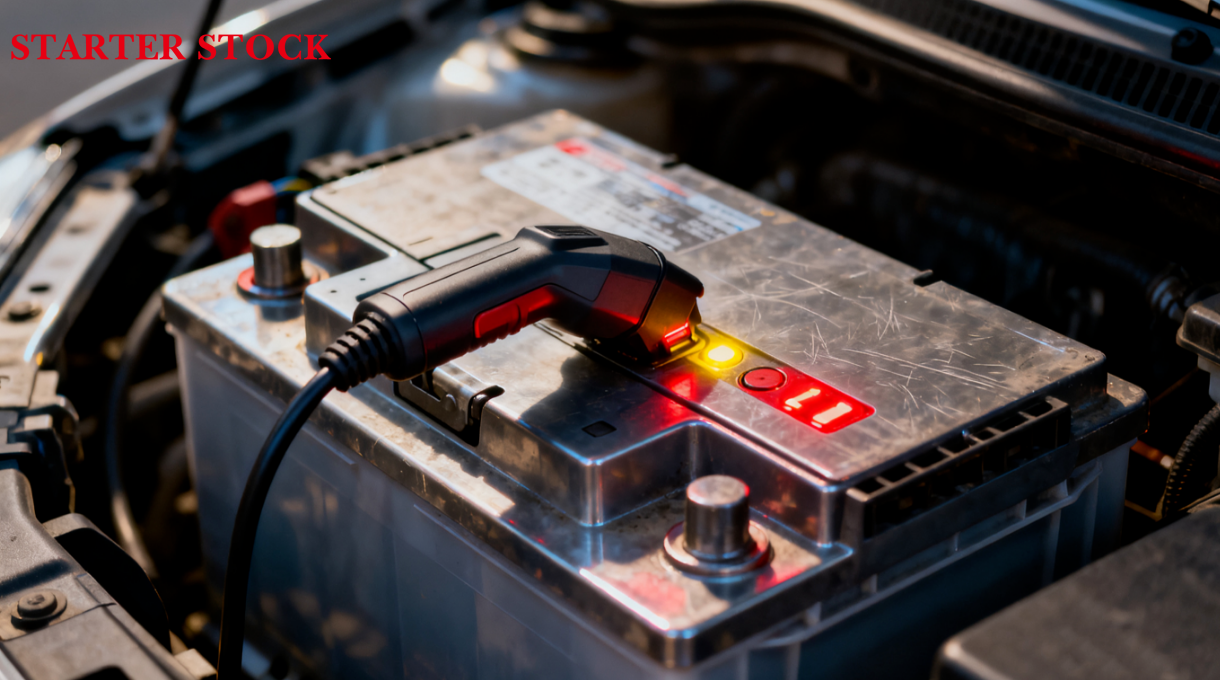
Signs your starter is getting tired (don’t ignore these)
You’ll often get clues before full failure. The car wants to tell you, if you’ll just listen:
● Click but no crank. You hear a click — the solenoid is trying — but the motor doesn’t turn. Classic.
● Rapid clicking. Usually battery or connection. The starter’s starving for voltage.
● Slow cranking. The engine turns slowly, like it’s underwater. Could be battery or starter, diagnose both.
● Intermittent starts. Works sometimes, not other times. Brushes or solenoid contacts wearing out.
● Grinding noise when starting. The pinion gear is not meshing with the flywheel—teeth can get chewed. Not good.
● Burning smell or smoke. Stop. That’s heat and melted insulation — danger zone.
If you hear those, don’t ignore them. Early action saves money and avoids being stranded in the morning.
Quick checks you can run at home (no fancy tools required)
You don’t need a shop to figure out if the starter is part of the problem. Here’s a simple sequence that tells you a lot:
1. Battery first. Always. If the battery is low, it’ll ruin the test. A healthy battery shows about 12.6 volts at rest. Under ~12.0? Charge or replace first.
2. Look at connections. Clean, tight battery clamps and ground straps are cheap to fix and often the culprit.
3. Listen. Turn the key and listen: click, rapid click, nothing? Each sound points you somewhere.
4. Tap test. Lightly tap the starter housing with a wrench while someone cranks the engine. If it starts after the tap, the brushes or solenoid contacts are sticking — temporary fix, diagnostic clue.
5. Voltage at the starter. If you have a basic voltmeter: check that the big terminal gets battery voltage. Have someone turn the key — the small trigger wire should get voltage. If the big terminal has voltage but the starter doesn’t spin, the starter’s bad. If the trigger wire never gets voltage, the problem is upstream (relay, ignition switch, wiring).
6. Jumper cable trick (be careful): with the car in Park and parking brake on, you can touch a jumper cable from battery positive to the starter main post. Expect a spark. If the starter spins or the engine cranks, the starter motor is probably okay and the issue is the control circuit. If nothing happens, starter likely done.
Those steps narrow things down fast and save you from throwing parts at the problem.
How starters actually die — inside the black box
Open a starter (or imagine it): brushes that press on a spinning commutator, bearings, windings, a solenoid, a drive gear (Bendix). Wear out any of those and you’ll get trouble.
● Brush wear is the most common. They rub and slowly disappear. When they’re too short, contact is poor.
● Bearing failure makes the armature drag. It spins slow, overheats, or seizes.
● Solenoid or contact failure means the starter doesn’t get power or can’t push the drive gear forward.
● Mechanical damage to the drive gear or flywheel teeth happens if parts don’t mesh cleanly — results in grinding and lots of regret.
● Burned windings happen with prolonged cranking or overcurrent conditions.
Replacing a starter is not glamorous, but it fixes the problem.
New vs remanufactured vs used: what to choose
You’ll get the usual options when shopping for a starter. Here’s what each one means in real terms:
● New OEM: Best fit, usually longest warranty. Most expensive. If you plan to keep the car, this is the safe bet.
● Aftermarket new: Price varies. Quality can be great or kinda meh depending on brand. Research.
● Remanufactured: Often the best value — rebuilt with worn parts replaced and tested. Good warranties from reputable rebuilders.
● Used/Salvage: Cheapest, but buyer beware. It might fail again soon.
If I had to pick one recommendation for most people: remanufactured from a reputable supplier. Save some cash, get reliability, decent warranty.
Replacement cost — what to expect in real money
Costs depend on vehicle and how awkward the starter’s location is:
● Part only: $80–$400 (cheap used to new OEM).
● Labor: $100–$400 or more — some cars are a pain to access.
● Total: $200–$800 is typical. Fancy European cars or starters hidden under the intake can push the total higher — sometimes into four digits.
If you DIY and the starter is easy to reach, you save labor. But if it’s under the intake manifold or you have to support the engine to reach it — consider a shop.
how to make a starter last longer (practical habits)
You can’t cheat death forever, but you can delay the inevitable:
● Keep the battery healthy. Replace it when weak. Charging system checks help, too.
● Clean and tighten connections. Corrosion is the silent killer. Once a year is fine.
● Fix leaks. Oil or coolant on electrical components speeds failure.
● Avoid repeated long cranking. If it doesn’t start, wait a bit between attempts. Overheating is real.
● Combine short errands. Fewer cold starts = less wear.
● Use quality parts and get a decent install. Cheap parts + careless install = early failure.
These are small, cheap things that add up to years of extra life.
Diy or pro — when to call the shop
If the starter’s easy to reach and you’re comfortable with basic tools, swapping it out yourself is a solid weekend job. Label wires, take photos, use jack stands, and don’t be a hero.
If the job needs dropping subframes, removing intake pieces, or supporting the engine — just go to a shop. You’ll pay labor, but you’ll also avoid turning a one-day job into a week-long headache.
Final thoughts — treat this like useful knowledge, not a prophecy
Starters are tough, reliable little things. But they’re not immortal. Expect 7–10 years or 80k–150k miles on average and be prepared for outliers. The difference between “starter lasts decades” and “starter dies at 40k” is often simple: battery health, driving habits, and care.
If you want a tighter guess for your car, tell me the make, model, year, and whether you do lots of short trips or highway miles — I’ll give you a more specific expectation and a realistic replacement-cost range. Not fortune-telling, just practical reality based on how these things usually behave.
Also — if your car just clicked this morning, check the battery first. It’s almost always the easiest fix. Then breathe. Then call me if you want a step-by-step testing checklist you can read on your phone while wrapped in a blanket in the driveway.
-
Oil Pump JR-B18-1 16700-K20-903 For Z00MER

-
Oil Pump JR-B18 16700-KVG-41 For AIR BLADE
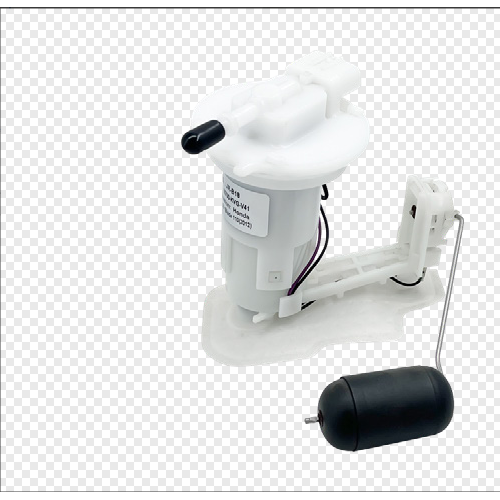
-
Oil Pump JR-B113 16700-HR3-A21 For Fou rTrax Rancher
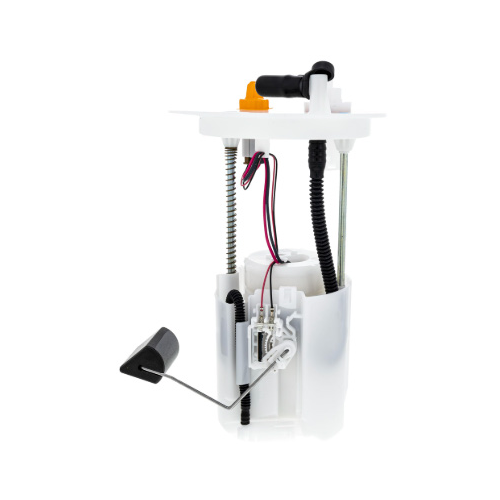
-
Oil Pump JR-B112-1 275500734 For GT1 130/155 2011-2012
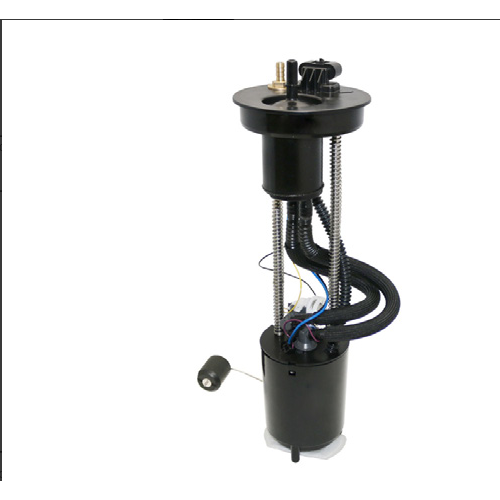
-
Oil Pump JR-B112 47-1027 For MAVERICKX
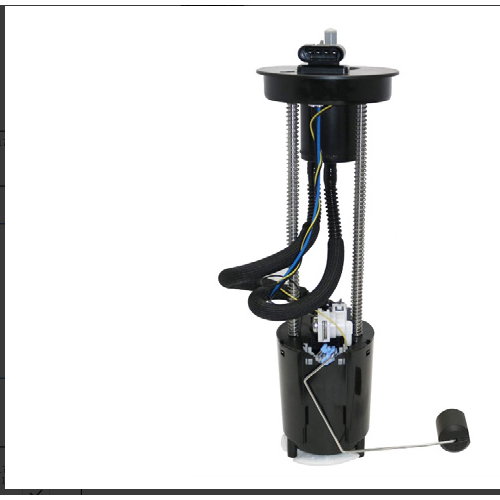
-
Oil Pump JR-B110 47-1050 For OUTLANDER
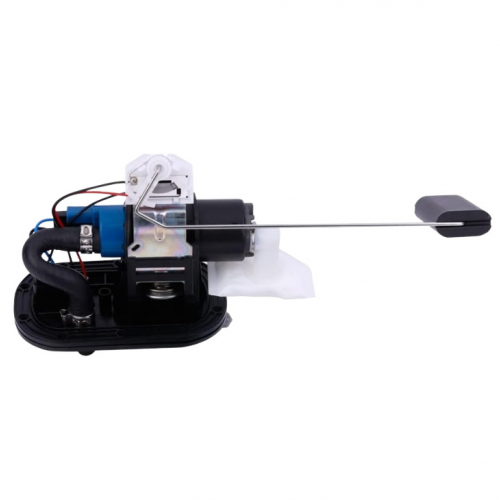
-
Oil Pump JR-B109 709000758 For OUTLANDER
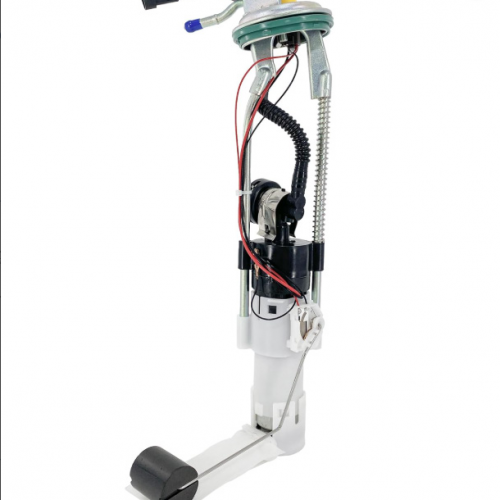
-
Oil Pump JR-B108-1 2204308 For SPORTSMAN
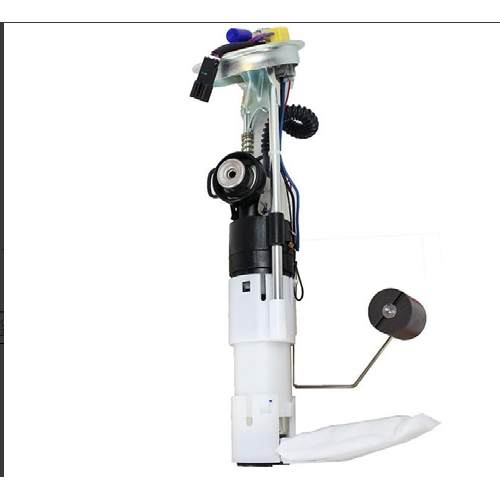
-
Oil Pump JR-B108 47-1014 For SPORTSMAN
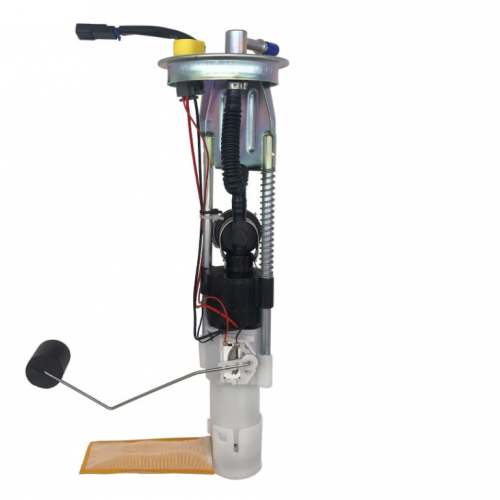
-
Oil Pump JR-B98-1 47-1012 For RANGER



